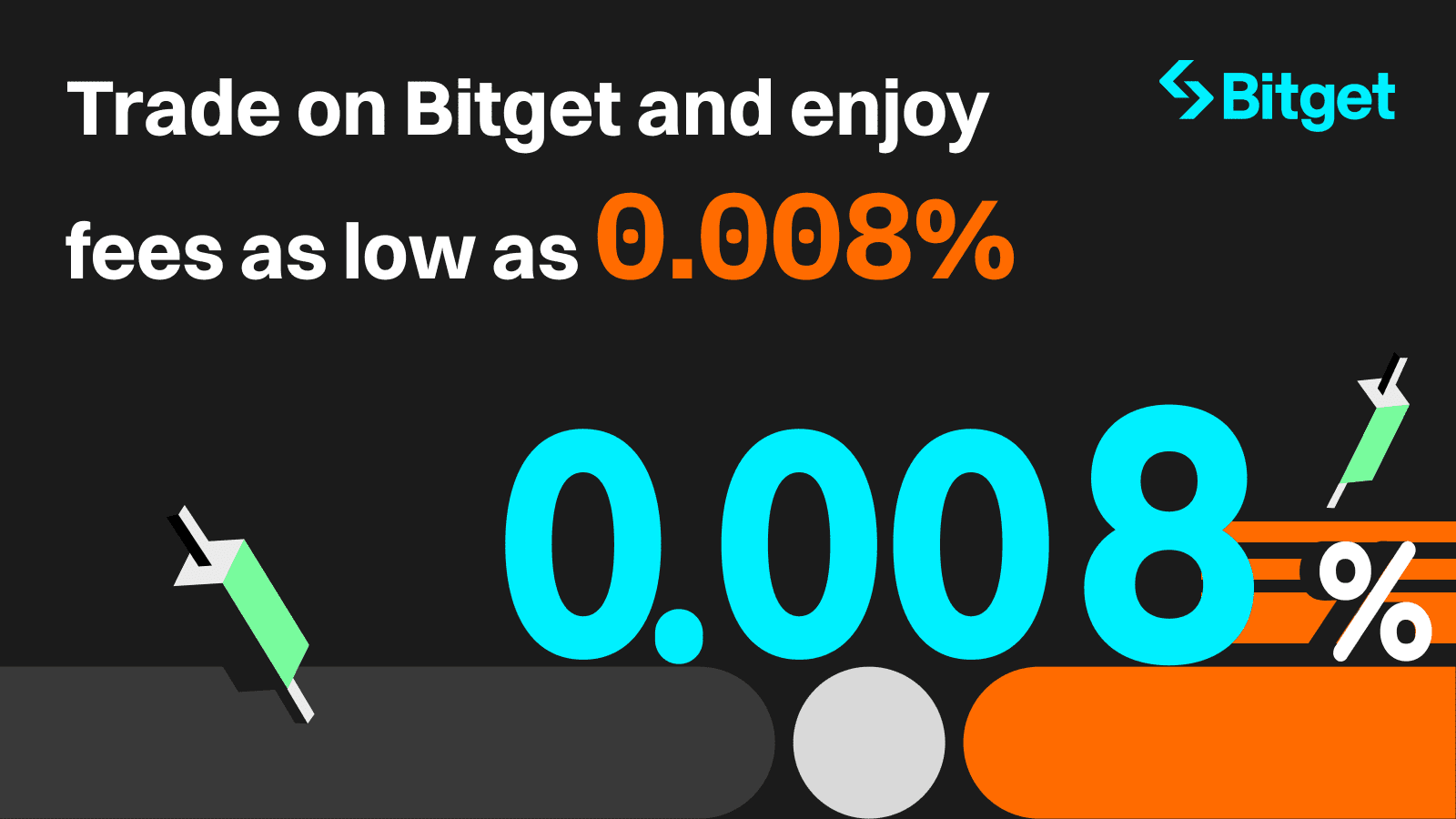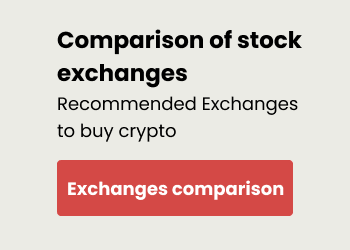
Arbitrum and Avalanche stand out as prominent blockchain platforms, each presenting distinct features and applications in the dynamic landscape of blockchain technology. Determining a definitive “winner” among them in the realm of crypto games is challenging, yet a comprehensive analysis of their technical attributes, adoption rates, and ecosystem support holds significant insights for stakeholders in the crypto gaming sector. Let’s take a look at this Arbitrum vs Avalanche comparison article in more detail.
What is Arbitrum?: A Next-Generation Layer 2 Solution for Ethereum

Arbitrum is like a helper chain (Layer 2 or L2) made to ease the load on Ethereum. It uses a method called ‘optimistic rollups’ to make Ethereum work better by doing more transactions and lowering fees. The trick is to group transactions into batches (rollups) and check them outside of Ethereum, so it doesn’t get too crowded.
Arbitrum is also good at stopping fraud. It has a way to make sure its network is super secure. If someone sees a transaction that shouldn’t be there, they can question it and say it’s not valid.
In other words, Arbitrum functions as a Layer 2 scaling solution tailored for Ethereum, strategically addressing the network’s scalability challenges and high transaction fees. Employing optimistic rollup technology, Arbitrum aggregates transactions off the primary Ethereum chain, ensuring quicker and more cost-effective transactions. Its appeal extends across various use cases, including decentralized finance (DeFi), gaming, and decentralized autonomous organizations (DAOs).
The seamless compatibility of Arbitrum with Ethereum’s ecosystem, featuring support for the Ethereum Virtual Machine (EVM) and existing tooling, has fueled its swift adoption. The incorporation of optimistic rollup technology and the AnyTrust Guarantee consensus mechanism significantly enhances Arbitrum’s scalability and security. ARB is the native coin of Arbitrum.
Arbitrum’s Architecture
Arbitrum has two main parts:
1. Arbitrum One: This is the main network where transactions happen using the Arbitrum Virtual Machine (AVM). It’s like a supercharged version of Ethereum that works well with Ethereum apps. The Nitro upgrade made it faster and more compatible with Ethereum, and it lowered the fees.
2. Arbitrum Nova: This one came later. Nova relies less on Ethereum, so it’s not as decentralized, but it’s excellent for scaling. This makes it perfect for Web3 apps that need a lot of power, like games and projects with non-fungible tokens (NFTs).
Pros of Arbitrum:
1. Improved Speed and Lower Costs: Arbitrum significantly enhances transaction speed and reduces costs on the Ethereum network. It can process around 40,000 transactions per second (tps), making it a fast and cost-effective solution.
2. Scalability with Decentralization: Arbitrum achieves scalability while maintaining the decentralized nature of Ethereum. This is crucial for ensuring the security and integrity of the network.
3. Compatibility with Ethereum dApps: The Arbitrum Virtual Machine (AVM) is compatible with the Ethereum Virtual Machine (EVM), allowing it to support decentralized applications (dApps) built on the Ethereum platform.
Cons of Arbitrum:
1. Centralization Concerns: The reliance on a set of trusted validators, especially noticeable with the Nova chain, raises concerns about centralization. This can impact the overall security and trustworthiness of the network.
2. Transaction Settlement Delays: Users need to be aware of time delays in transaction settlements and disputes. This delay is typical for rollups, and while it enhances security, it may affect the user experience in terms of transaction speed.
Avalanche: A High-Performance Blockchain Platform

Avalanche is a type of blockchain (Layer 1 or L1) that can do smart contracts. Its big aim is to make blockchain better by being fast and secure without giving up on being decentralized.
Avalanche is kind of like Ethereum. They have similar things they can do and ways they’re used. They both use the Solidity language for making smart contracts. This makes it easier for different apps in decentralized finance (DeFi) to work together.
For instance, on Avalanche, you can find DeFi projects like Aave, Compound, and Curve.
Avalanche emerges as an open-source platform renowned for its exceptional scalability, near-instant transaction finality, and energy efficiency. Its distinctive consensus mechanism facilitates rapid finality and low latency, processing and verifying transactions in under 2 seconds. This positions Avalanche as an ideal platform for applications demanding high throughput and low latency, particularly in gaming and decentralized finance.
Avalanche’s application in gaming, notably in the development of Play-to-Own Web3 games, showcases its potential to support innovative and interactive gaming experiences. The platform’s support for crafting custom blockchains with intricate rulesets and its interoperability features contribute to its versatility across a wide array of decentralized applications.
Avalanche Architecture
Avalanche is built on a system called Proof of Stake (PoS), and its main currency is AVAX. AVAX is what powers Avalanche’s complex setup, which includes three special chains:
1. Exchange Chain (X-Chain): This is like the main hub where different crypto tokens can be made. AVAX is the main currency here.
2. Contract Chain (C-Chain): This chain lets developers create smart contracts. It can work with the Ethereum Virtual Machine (EVM), making it easy for different chains to work together.
3. Platform Chain (P-Chain): This one is really important for how Avalanche makes decisions. It helps organize validators and lets them create and take care of subnets, which are kind of like special zones for transactions. It’s a bit like how Polygon uses supernets.
Pros of Avalanche:
1. Fast and Low-Cost: Avalanche is a speedy and cost-effective blockchain. Unlike Arbitrum and Optimism, it’s not just an upgrade but a whole new layer 1 chain built from the ground up. It can handle more than 4,000 transactions per second (TPS).
2. Compatibility with Ethereum: Even though it’s its own layer 1, Avalanche can still work well with Ethereum in some ways.
3. Creation of Specialized Chains: Avalanche lets you make special chains called subnets for specific purposes.
4. Bridging to Ethereum: Avalanche can connect or bridge with Ethereum, allowing for interaction between the two.
Cons of Avalanche:
1. No Punishment for Bad Validators: The way Avalanche decides on things doesn’t really punish validators who act badly, which might create issues when making new blocks.
2. High Stake Requirement: People who want to be validators on Avalanche need to put in at least 2,000 AVAX, making it harder for regular people to join.
3. Not as Adaptable as Ethereum: Avalanche isn’t as flexible as Ethereum, which means it might not suit every need.
Comparison and Implications for Crypto Games
Both Arbitrum and Avalanche present compelling advantages for the development of crypto games. Arbitrum’s integration with Ethereum’s ecosystem and its commitment to enhancing the scalability of existing applications make it an attractive choice for developers seeking to leverage Ethereum’s security and user base. Conversely, Avalanche’s emphasis on high throughput, low latency, and support for custom blockchains positions it as a robust foundation for scalable and interactive gaming experiences.
In crypto games, parameters like transaction speed, security, developer adoption, and community support will significantly impact platform success. Observing the technical advancements, adoption trends, and use cases of both Arbitrum and Avalanche remains crucial for developers and stakeholders to make informed decisions about the most suitable platform for their gaming applications.
Scalability
Arbitrum employs Optimistic Rollups, serving as a Layer 2 scaling solution that enables the processing of up to 40,000 transactions per second. In contrast, Avalanche relies on its proprietary consensus protocol as a Layer 1 solution, demonstrating the capability to handle up to 4,500 transactions per second. The swift transaction speeds and low latency provided by both platforms make them appealing choices for applications in decentralized finance (DeFi) and other scenarios requiring high-speed transactions.
Security
Arbitrum’s AVM ensures compatibility with the Ethereum Virtual Machine (EVM), facilitating support for Ethereum decentralized applications (dApps). However, it leans on a group of trusted validators, giving rise to certain centralization concerns. In contrast, Avalanche operates as a Layer 1 blockchain, utilizing its unique consensus protocol. It promotes interoperability among diverse blockchains through its X-Chain and C-Chain, enabling the seamless exchange of assets and data across various blockchain networks. Notably, Avalanche is acknowledged for its enhanced security, attributed to its autonomous structure, requiring more than a 51% attack to potentially compromise the network.
Adoption
Arbitrum boasts a robust ecosystem comprising various applications and services, although it encounters hurdles concerning interoperability and centralization1. In contrast, Avalanche has been experiencing a surge in popularity and adoption. The platform’s average daily transactions have notably increased from 158,000 to 6.36 million at the time of writing. Additionally, Avalanche has surpassed the milestone of 1 million monthly active addresses, underscoring its escalating popularity and widespread adoption.
Ecosystem
Arbitrum’s ecosystem is constructed atop Ethereum, leveraging Optimistic Rollup technology to markedly improve transaction throughput and alleviate the processing burden on Ethereum by minimizing the amount of data. In comparison, Avalanche’s ecosystem is tailored to efficiently manage a substantial transaction volume with minimal delays while fostering interoperability among diverse blockchains. Both platforms showcase vibrant ecosystems, featuring a variety of applications and services that capitalize on their distinctive features and advantages.

What are some examples of crypto games that use Arbitrum or Avalanche?
When it comes to crypto games, both Arbitrum and Avalanche are becoming more popular. Ethereum’s mainnet is the third most popular, and Solana, Immutable, Avalanche, and Arbitrum follow in the rankings from fourth to seventh place. The year 2024 is expected to see a lot of games changing networks, with more than 65 blockchain games making the move, up from 48 games in 2022. Notably, Polygon, Immutable, and Arbitrum saw the most games switching to them during this duration.
Here are some examples of crypto games utilizing Arbitrum and Avalanche:
Arbitrum Games:
1. Web3Games
2. Galaxia Studios
3. BattleFly
4. SmithyDao
5. Camelot Guardian
6. Zeeverse
7. Honor World
8. NEOBRED
Avalanche Games:
1. DeFi Kingdoms
2. Step App
3. Domi Online
4. BloodLoop
5. Paradise Tycoon
6. Legends at War
7. Shrapnel
8. Blockchain Monster Hunt
9. Off The Grid
These games offer diverse features, including NFTs, Play-to-Earn (P2E), DeFi, and immersive gaming experiences. Both Arbitrum and Avalanche are chosen platforms for these games due to their fast transaction speeds, low fees, and enhanced user experience.
Final Thoughts
Arbitrum and Avalanche each have their pros and cons, and how well they do in the world of crypto games will hinge on how effectively they tackle issues like scalability, security, adoption, and interoperability. Avalanche appears to have a bit of an advantage in terms of security and adoption. On the other hand, Arbitrum’s ecosystem and gaming initiatives position it as a formidable player in the crypto gaming scene. In the end, the winner will be decided by the specific needs and preferences of gaming projects and the broader crypto community.
Buy Cryptocurrency with Bitget with the CHEAPEST Fees
Bitget stands out as a reliable crypto exchange. It provides a user-friendly interface, making it easy for both beginners and experienced traders to navigate and make transactions at the lowest fees on the market. To get started with Bitget, you need to create an account, complete the necessary KYC procedures, and then you can begin trading a variety of altcoins available on the platform.
—> Click here to buy Cryptocurrencies<—
Recommended posts
You might also like
